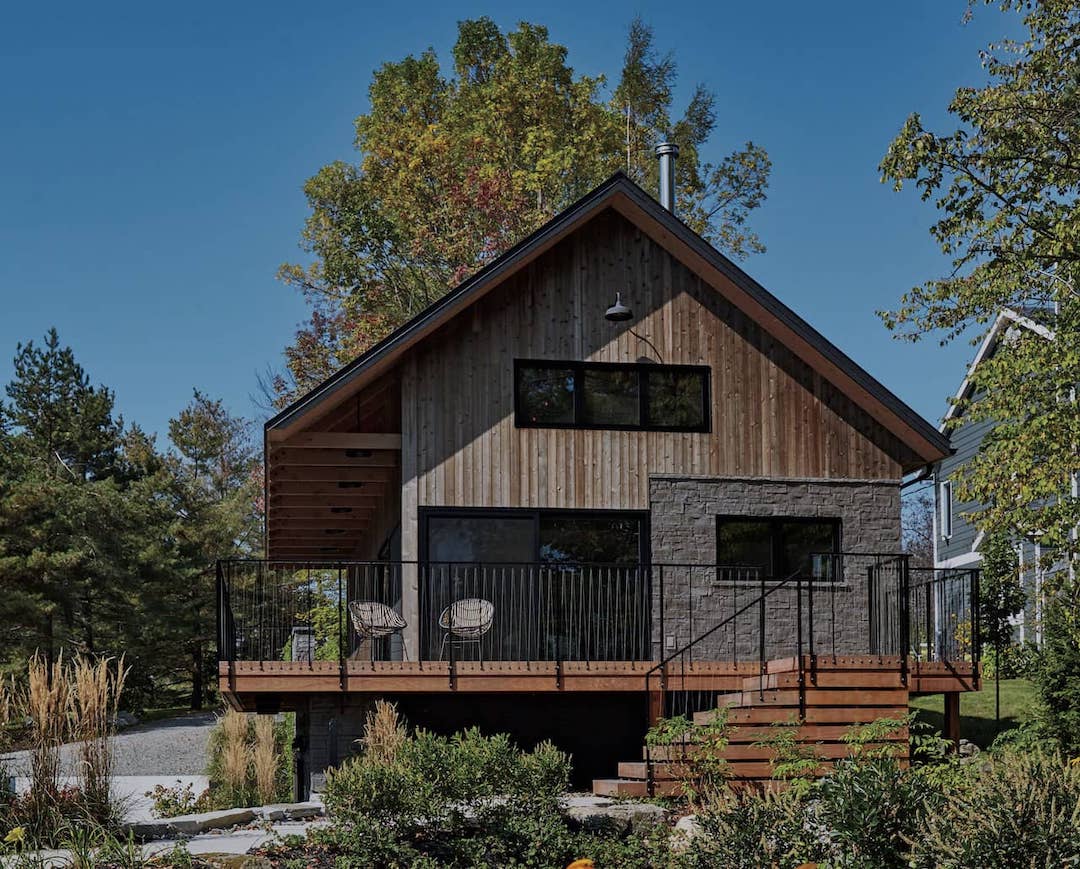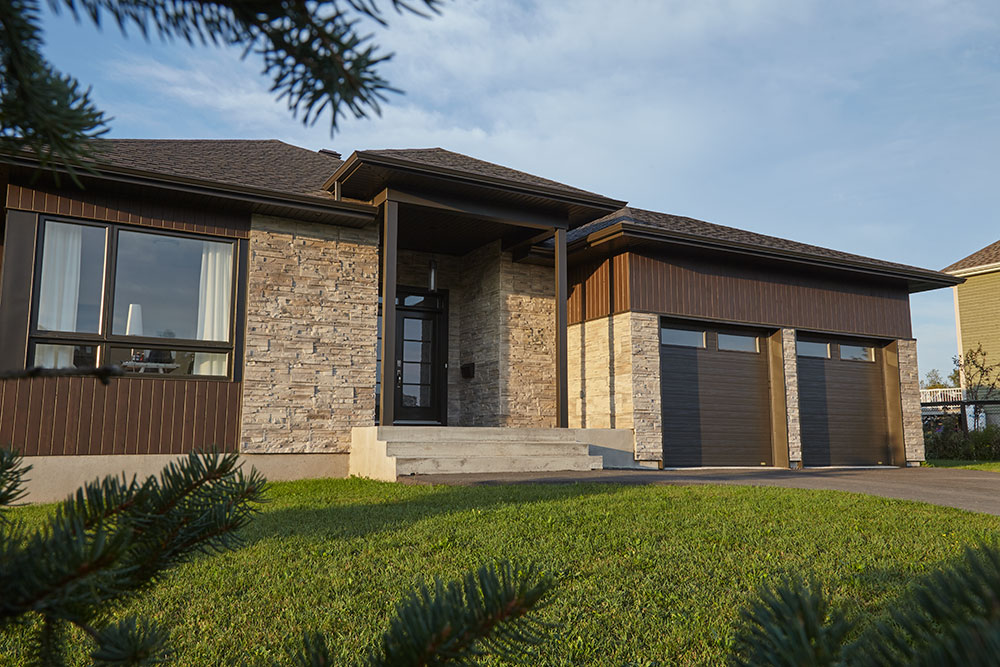
The Long-Term Durability of Stone Veneer
August 24, 2021
11 Exterior Home Improvement Trends and Ideas for 2021
September 13, 2021Are you noticing that your bricks or concrete have a white-ish substance appearing? Likely, the chalky sheen you are seeing is, in fact, efflorescence. We are going to explain what efflorescence is, what causes it, different ways to manage it, and will discuss its effect on stone veneer.
Read on to learn about this mysterious coating that you may be seeing on the sides of your home.
What Is Efflorescence?
Efflorescence is a deposit of white crystals that can sometimes appear on the surface of the concrete from water. The salt deposits are left behind after the water evaporates. It gives the surface a white or gray tint.
Sometimes efflorescence looks powdery, and other times it is more lumpy or gritty. Efflorescence is often a seasonal issue that occurs in high humidity areas.
What Causes Efflorescence?
So, why does efflorescence happen? Moisture from water –– whether in the form of snow, rain, or condensation –– will accumulate on the surface of bricks, concrete, stucco, and other building materials. Soluble salt will come to the surface of concrete and mortars then will crystalize when the water evaporates.
How To Identify Efflorescence
Is what you’re noticing efflorescence or mold? Sometimes it can be difficult to tell the difference when looking at it. However, an easy way to determine if the substance is mold or efflorescence is by spraying it with water.
If after being sprayed with water, it looks relatively the same? It is probably mold. If the coating dissolves, it is efflorescence. Efflorescence can be an indication of structural problems to come if it is located in certain areas such as in basements. Generally, it is nothing to be concerned about, but take note of where you notice it.
How To Remove Efflorescence
There are a few different ways to manage efflorescence build-up on your home.
- Let it naturally dissolve. One way to get rid of efflorescence is to sit back and wait. It will eventually vanish on its own.
- Dry brush regularly. Using a medium stiff-bristled brush (not wire), dry brush the affected area to clean off the surface. Do not get the brush wet, or else you will simply redistribute the dissolved salt.
- Powerwash. Powerwashing is more of a temporary fix. It can be an effective method of removing efflorescence but may not be permanent. The deposits may reappear when the salt dries out again.
The best thing you can do is let the efflorescence go away on its own. It takes patience, but the white coating is only temporary.
Does Efflorescence Impact Stone Veneer?
What about stone veneer? Does efflorescence happen to stone veneer? It is possible for efflorescence to appear, however, it does not in any way compromise the functionality of Be.On Stone panels.
Efflorescence is more likely to happen with porous surfaces such as concrete, brick, and stucco than with stone veneer. Efflorescence on stone veneer is nothing to worry about and will disappear if it occurs. The appearance is only temporary and will naturally fade with rain and time.
Stone veneer is a fantastic exterior siding option because it is durable, long-lasting, and aesthetically pleasing. People will notice your home because stone veneer adds an extra flair to the exterior of any house.
Stone Veneer from Be.On Stone
Elevate your home’s exterior with stone veneer siding from Be.On Stone. Stone veneer is an excellent choice for an exterior upgrade because it gives the appearance of natural stone without the hefty price tag. Mortarless Be.On Stone panels are perfect for a variety of home styles and will automatically improve curb appeal.
Stone veneer panels from Be.On Stone boast the patented D.RAIN System that prevents moisture from building up. Not to mention, the panels come with a 50-year transferable warranty, so you can rest assured that your home will look stunning for years to come.
We serve both the U.S. and Canada and our products can be found at a distributor near you. Our stone veneer panels can be made into a DIY project or installed by a contractor. We share helpful tips for adding stone veneer to your home on our blog. Check out our gallery for inspiration and contact us today for more information.
